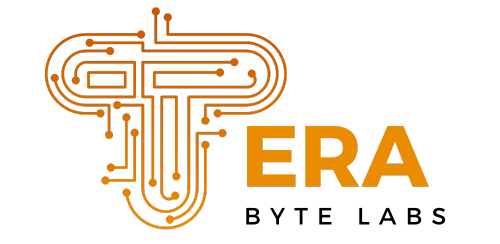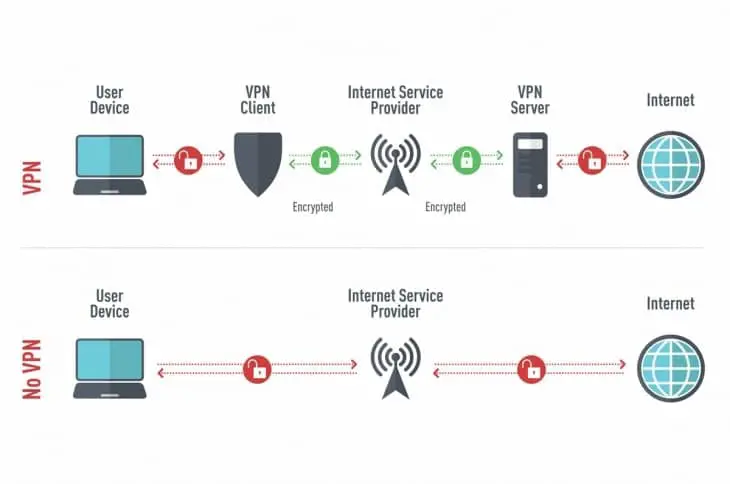With the rise of the Internet, we have seen a shift in how people use their computers. The traditional desktop PC is now being replaced by laptops and tablets that are more portable than ever before. However, these devices still rely on hard drives to store data.
FixMeStick is a little but useful program that may help you get out of a jam if your computer has been infected with a virus. However, it isn’t without flaws.
The fact that it isn’t a free service seems to be a common criticism. Users will have to pay money for the full-featured version.
However, it is reasonably priced, and I believe it provides excellent value. However, there are a number of free alternatives to FixMeStick that may still help you eliminate infections.
It’s worth noting that not all of the options I’ll suggest work in the same way as FixMeStick. Because it operates outside of your operating system, FixMeStick differs from the overwhelming majority of malware recovery and antivirus solutions.
Most antimalware applications need Windows or Mac OSX to run, however FixMeStick does not. Instead, it skips the operating system entirely and loads straight into RAM.
This provides it the benefit of being stored on a non-infected storage media, which prevents the virus from causing a slew of system loading problems and assaults. However, it’s a good idea to have a wide range of antivirus programs in your arsenal, and not all of the tools listed below run independently of your host’s infected operating system.
With that in mind, let’s have a look at Linux.
Linux is recommended for advanced users.
Linux is without a doubt my favorite free FixMeStick option that avoids the crappy OS. I suggest that everyone who is capable of running an operating system other than Windows download and install the newest version of Ubuntu Live or Puppy Linux to a flash drive.
It’s easy to make a live bootable Ubuntu flash stick, and it offers many of the same benefits as FixMeStick. 2
Naturally, the virus will not be put into memory since the live bootable disk bypasses the HDD’s operating system. Furthermore, Linux comes with a plethora of free and open source diagnostics, antimalware, and recovery tools. GParted and NTFSFix are two tools that may help you recover data from a damaged HDD or file system.
Oh, and did I mention it’s completely free? To be honest, I’m not sure how easy it would be for a technologically ignorant individual to operate from the command line. At the very least, you’d be able to use the file browser to explore files on the damaged file system and possibly preserve data that would otherwise be unreachable.
Restore Points and Backups

There are a million methods to back up your computer, and restore points are probably one of the simplest and most reliable ways to remove a virus from your computer. There are several excellent cloud backup services available, such as SpiderOak One, that can assist you in creating a full backup of your computer.
SpiderOak One and a few other providers will allow you create unlimited free local backups if you don’t want to pay for a subscription.
Furthermore, most operating systems (Mac OSX, Windows, Linux, and so on) provide free tools for creating drive or partition images, which are exact copies or snapshots of your hard disk.
The goal is to fully restore your hard drive to the condition it was in before the viruses attacked it. The only major issue is that if you haven’t imaged your HDD in a while, you may lose some data, but with a little caution and frequent file backups, you can avoid this.
Avira Rescue CD is a disc that contains Avira’s antivirus
 Another live bootable option to FixMeStick is Avira Rescue CD, which you can get for free in either EXE or ISO format. It’s a Linux-based rescue application that employs a basic system rescue wizard to aid in the removal of technical program restrictions.
Another live bootable option to FixMeStick is Avira Rescue CD, which you can get for free in either EXE or ISO format. It’s a Linux-based rescue application that employs a basic system rescue wizard to aid in the removal of technical program restrictions.
It can, of course, check for viruses and remove them, but it also offers a few additional functions. It also has a built-in web browser that can clean and restore system files and connect you to the Internet. However, there are certain restrictions.
To begin with, it is unable to repair systems that have been set to boot to numerous operating systems, as well as corrupt partitions, boot sectors, or encrypted data.
There’s also a big caveat for Linux users. The program can only clean, not fix, Linux operating systems. In any case, Linux users will most likely be able to utilize Linux tools to fight a persistent infection.

I understand that some people have unique requirements since they need to restore systems in a commercial setting. Though the preceding tools may be used to restore business systems, it’s great to have a tool that was created especially for this purpose. The AVG Rescue CD Business Edition is an excellent place to begin.
This useful little program starts up in the same way as FixMeStick and bypasses the operating system in one of two methods. On begin, you may burn the bootable ISO image file to a physical CD, as the name suggests. All you have to do now is make sure your CD drive boots before your HDD.
Alternatively, you may burn the ISO file to a flash drive, but you’ll need to make sure your USB bus boots before your hard disk.
It has a lot of features and is also free to download. It not only scans for viruses but also includes diagnostic tools for determining the health of various computer components, such as HDD and memory checks.
You may also use it to modify files or make changes to the registry in order to restore a system. I wouldn’t suggest it for home users since it’s a business-oriented software, but if nothing else appears to be working, it might be a last-ditch attempt for home users.
Comodo Rescue Disk is a disk created by Comodo.

Comodo Rescue Disk, like the other two options, can generate live bootable media on CDs and flash drives and is totally free to download. As a result, there is no need to install the program since it operates independently of the host OS.
It also has a virus scanning engine that can detect and remove the most recent viruses, malware, and rootkits, as well as search a viral database through virus signature updates before conducting a scan.
The program also includes a web browser, which may be used to look up cryptic OS error codes and how-to instructions. It also has a file browser and can capture screenshots to assist you in sending pictures to your manufacturer’s technical assistance. I’m a big admirer of Comodo’s security software, and I like how they provide you a free recovery CD.
Antivirus Software in General
Antivirus software is a fantastic alternative to FixMeStick, which should come as no surprise. Malwarebytes, Norton Internet Security, BitDefender, Kaspersky, and a slew of other security companies are among the options. If you only want to attempt to remove a single infection, most of them provide a free trial, but I would advise you to think about long-term protection.
After all, it was probably your lack of antivirus software that got you into trouble in the first place. If you’re on a tight budget and don’t want to pay for a low-cost supplier, I suggest AVG’s free antivirus software.
It has a lot of features that will help you not only identify and remove viruses, but also prevent them from infecting your computer in the future. It’s one of the finest free choices available, and anybody who doesn’t have antivirus should consider installing it right now.
Are There Any FixMeStick Alternatives Worth Trying?
Most antivirus software providers offer a recovery disk option, which is quite common.
Because the most of them are free, I would recommend doing some research before buying a paid recovery disk. If your antivirus provider isn’t mentioned here as offering a recovery CD, I strongly advise you to go to their website. There’s a good chance they have a free recovery CD that you can download.
Well-known suppliers such as Kaspersky, BitDefender, Avast, FSecure, and Trend Micro, among others, provide additional excellent recovery CDs. Before purchasing FixMeStick, I recommend using one of these free tools.
FixMeStick, on the other hand, offers a few more features and capabilities than most of the free recovery CDs. If the virus that infected your computer isn’t very bad, you can probably get rid of it for free using one of the aforementioned programs.
Last but not least, keep two things in mind.
To begin, keep in mind that live bootable Linux distributions, such as Ubuntu Live, may be used to transfer or recover data from a non-booting machine.
Though many rescue CDs give the same functionality, I’ve seen a few that were nothing more than basic virus scanners and didn’t even include command line tools in my lifetime. Having Linux in your back pocket may help you get out of a bind.
Finally, don’t forget to use antivirus software! It can help you save a lot of money, time, and aggravation. There’s no reason not to utilize antimalware protection, especially when AVG’s antivirus solution is available for free.


